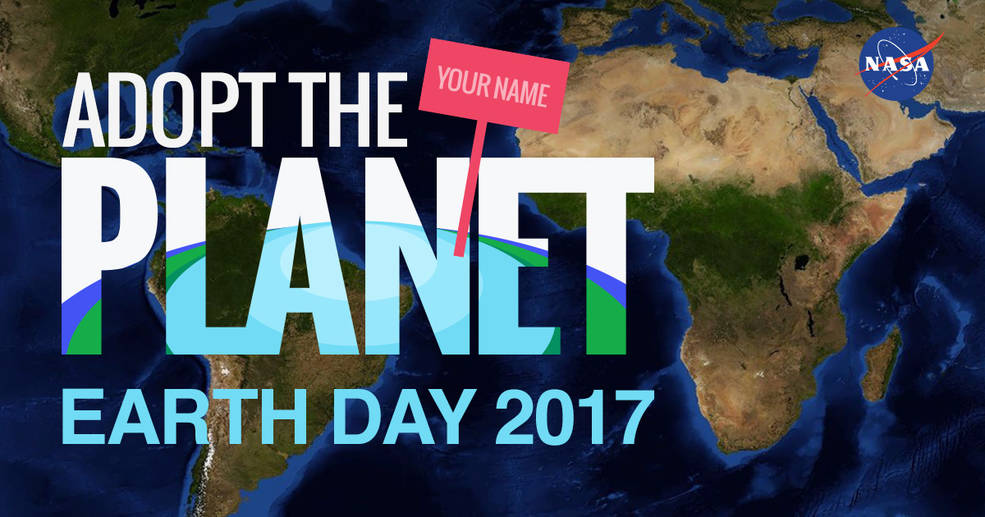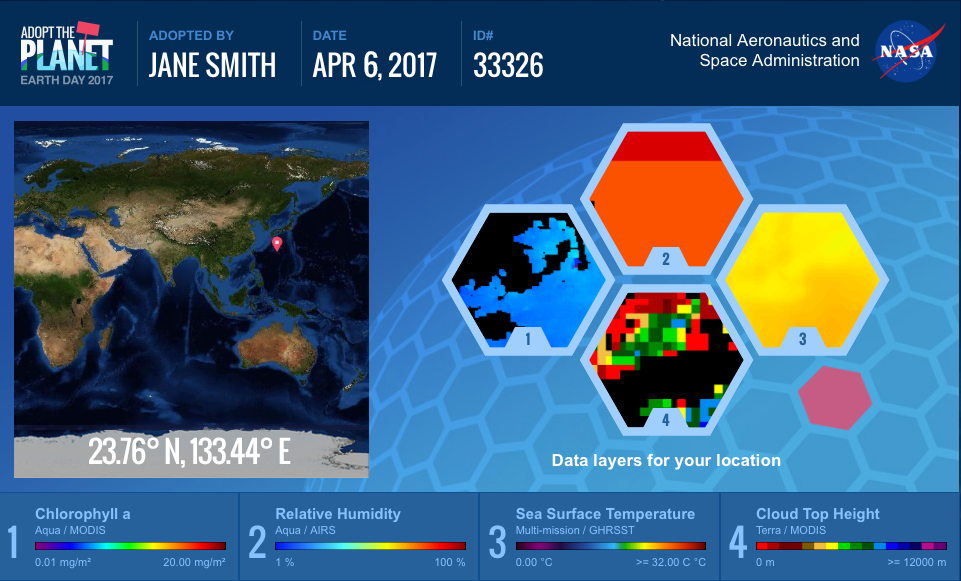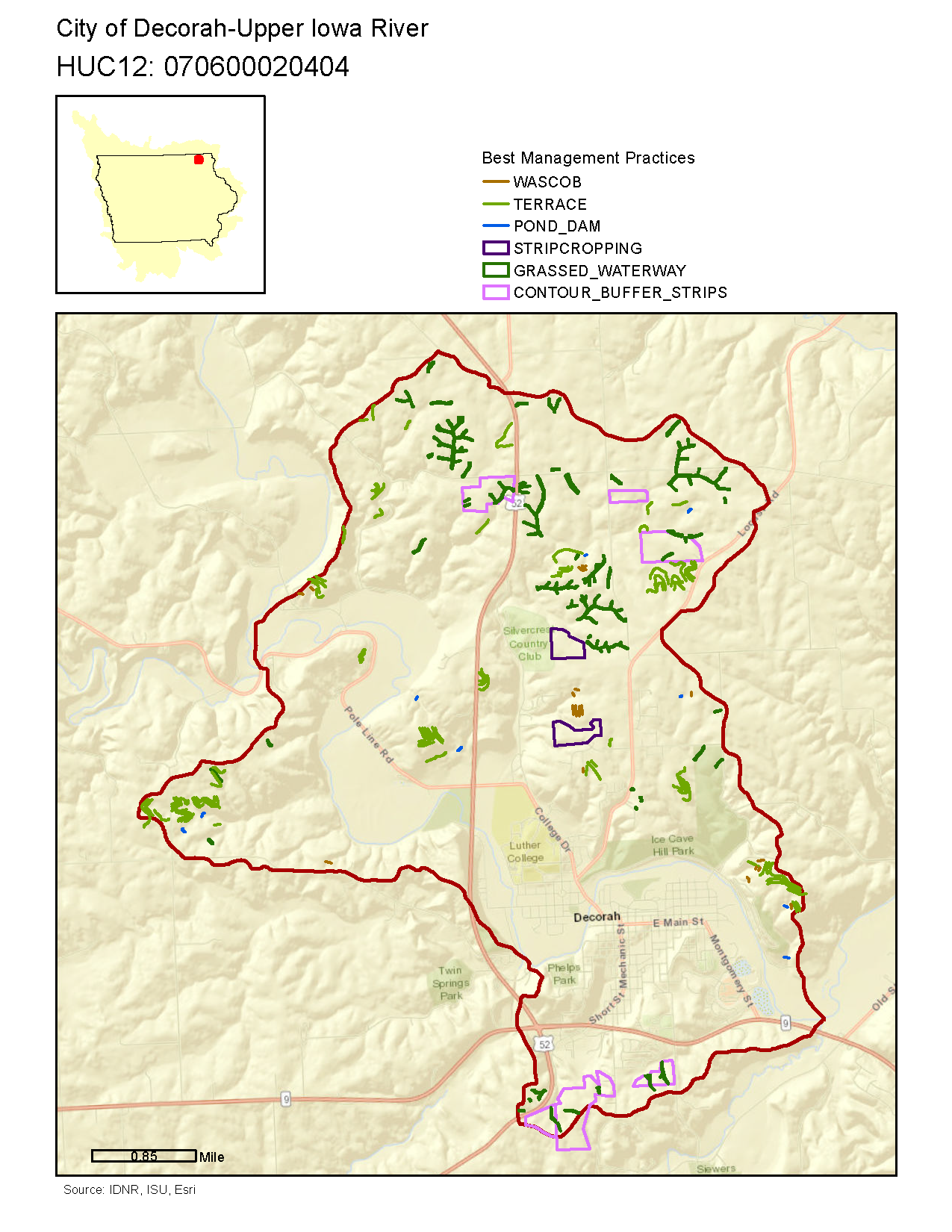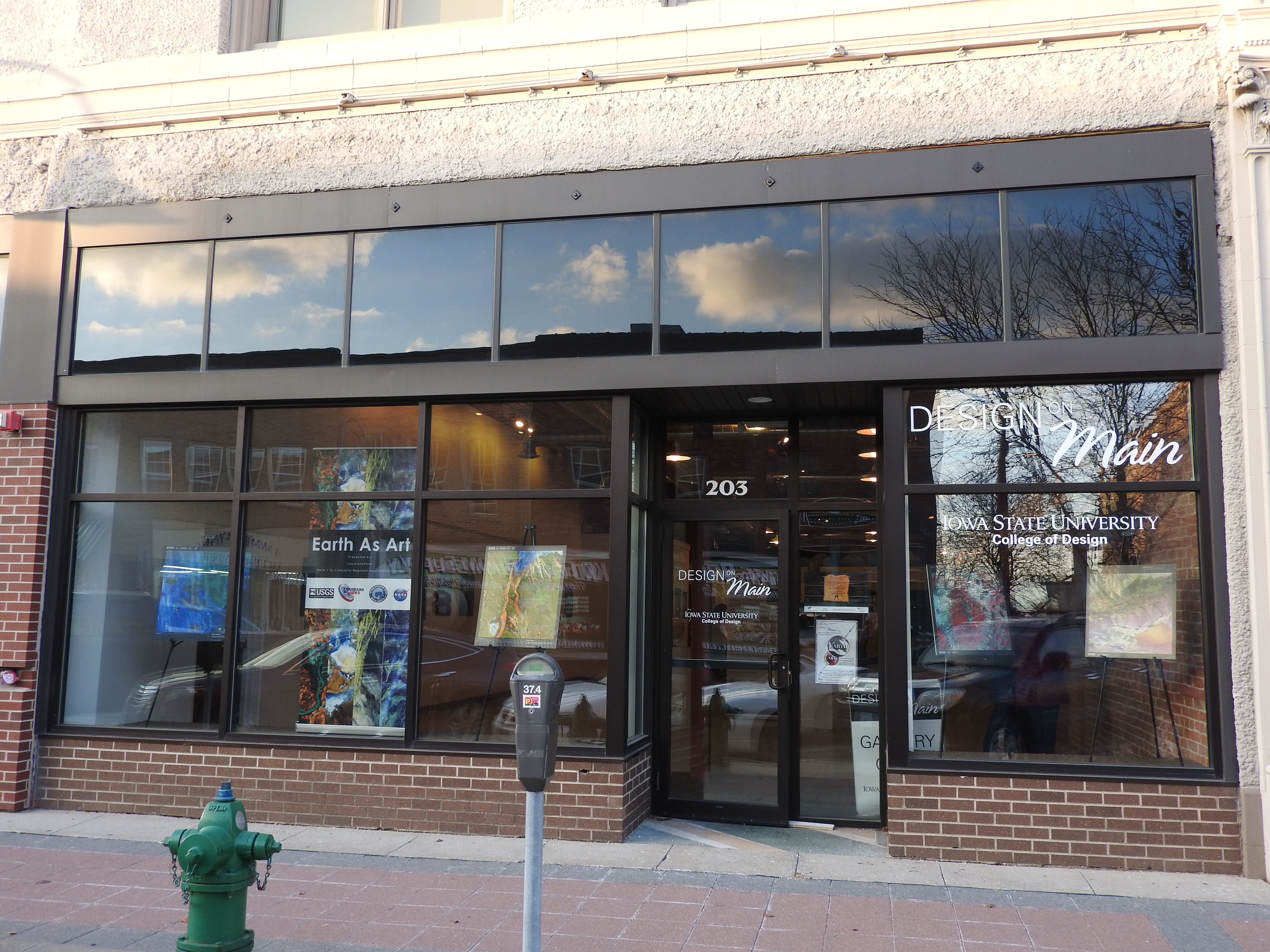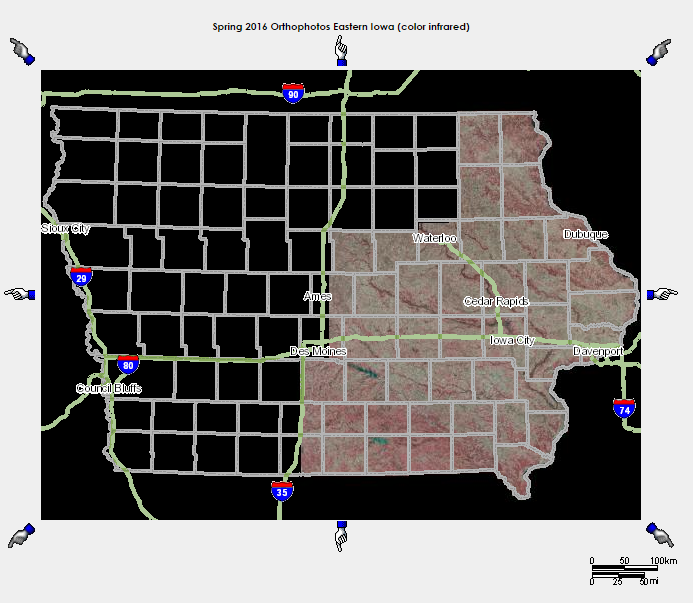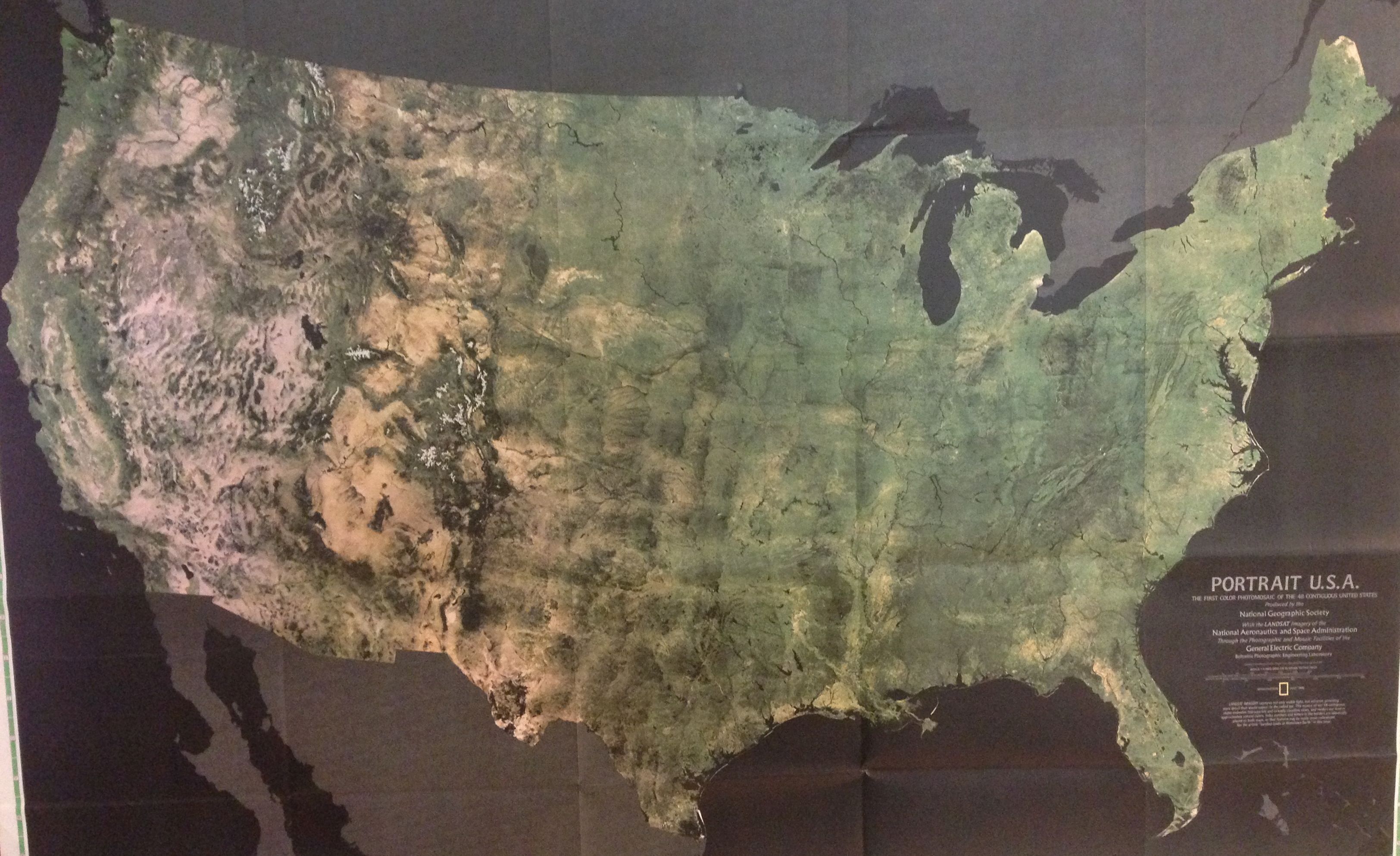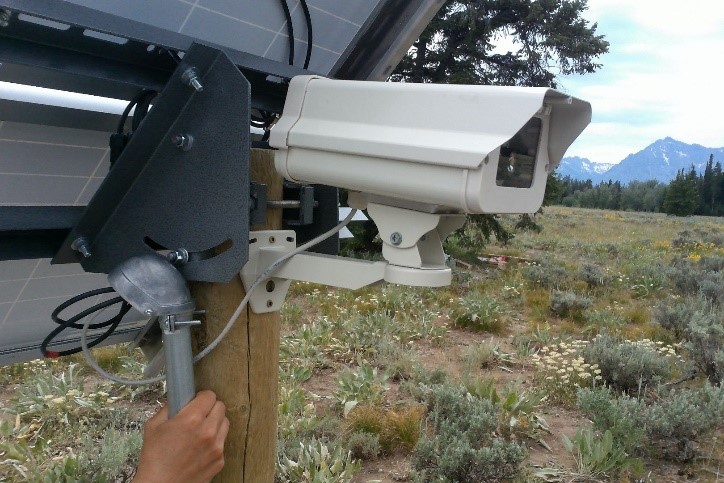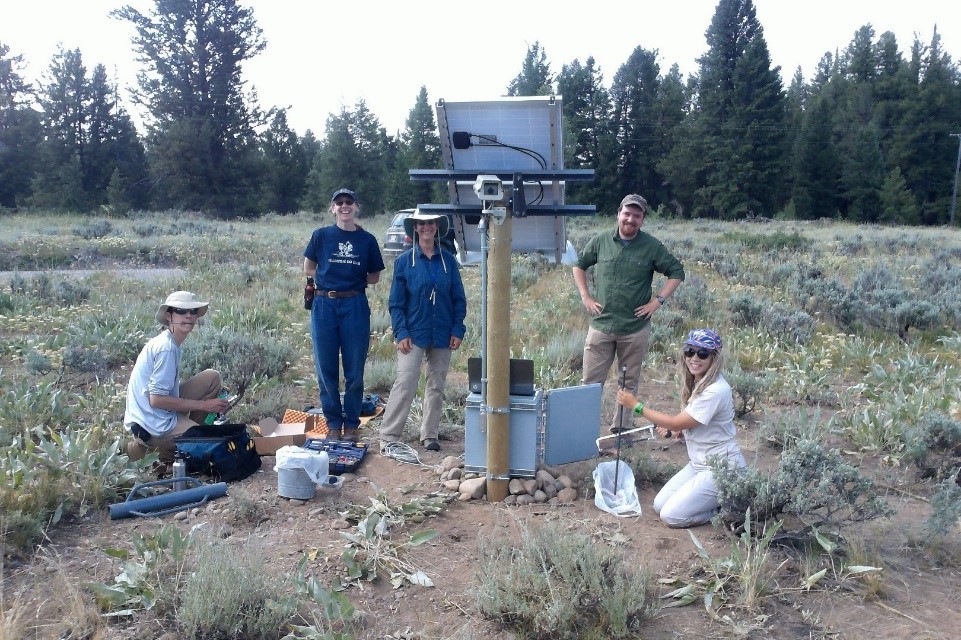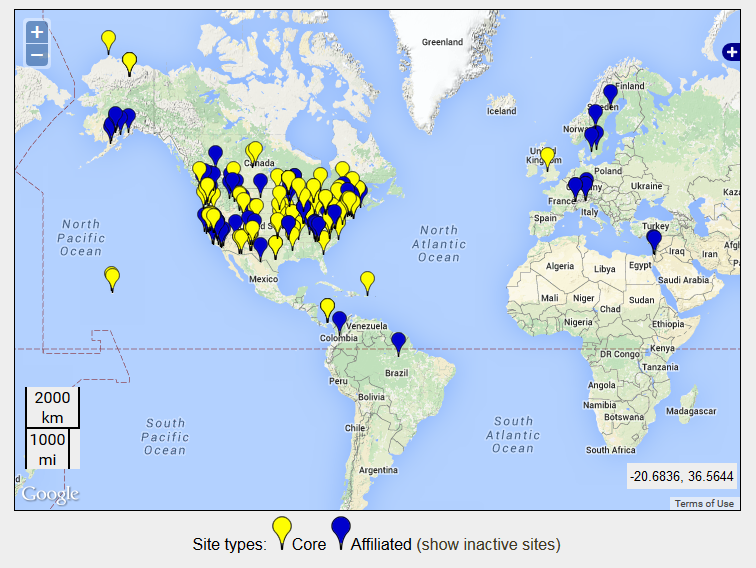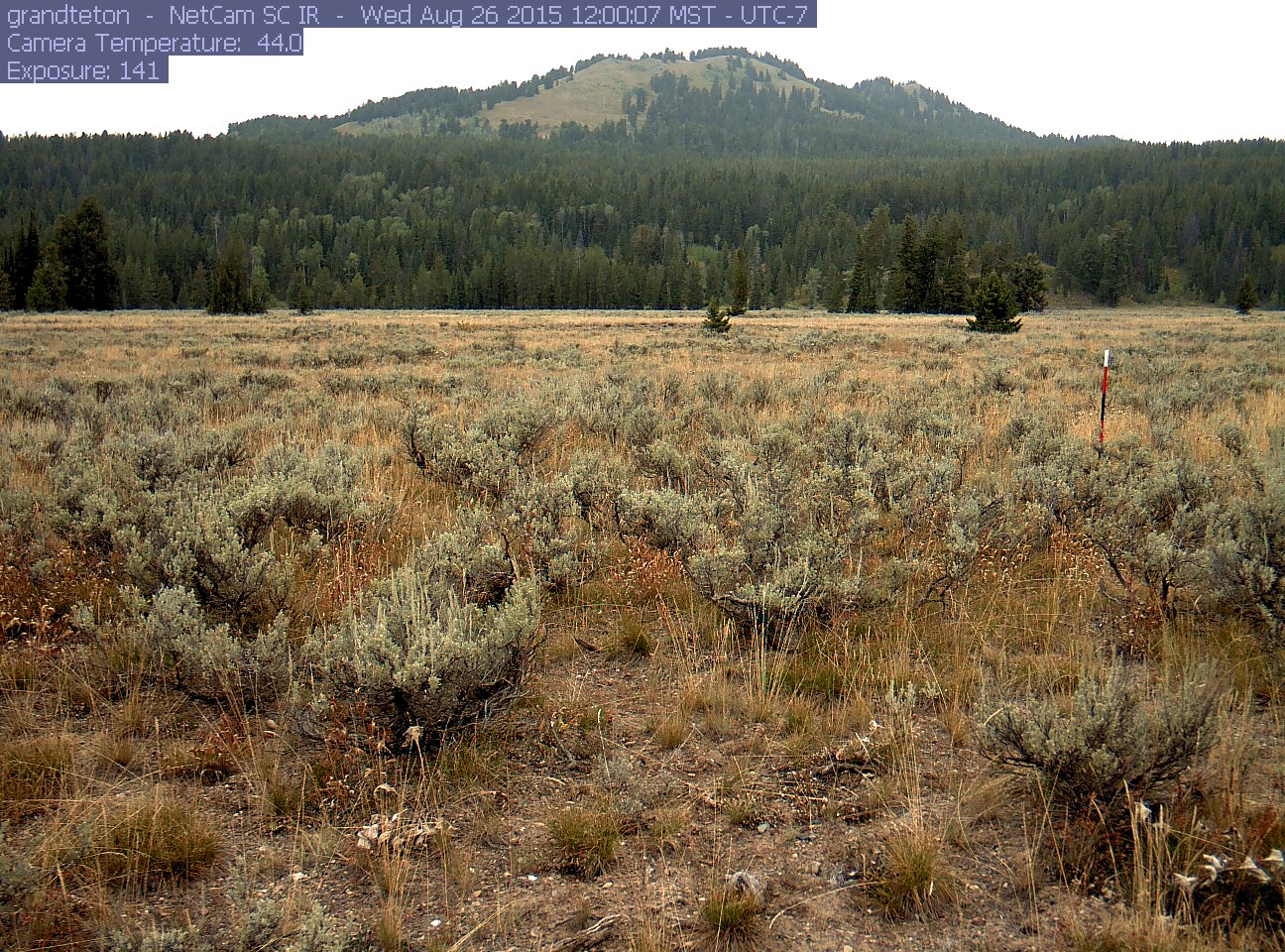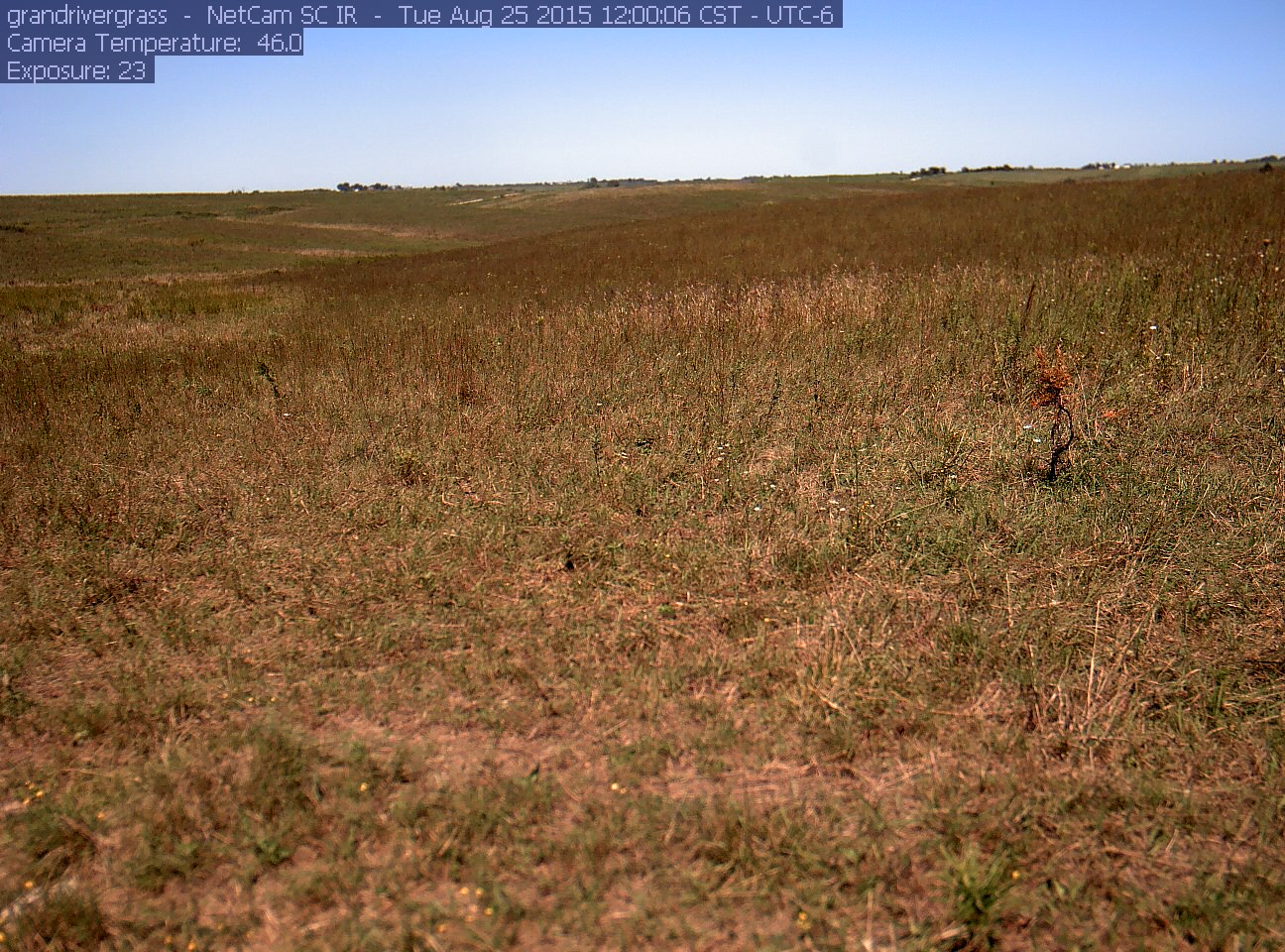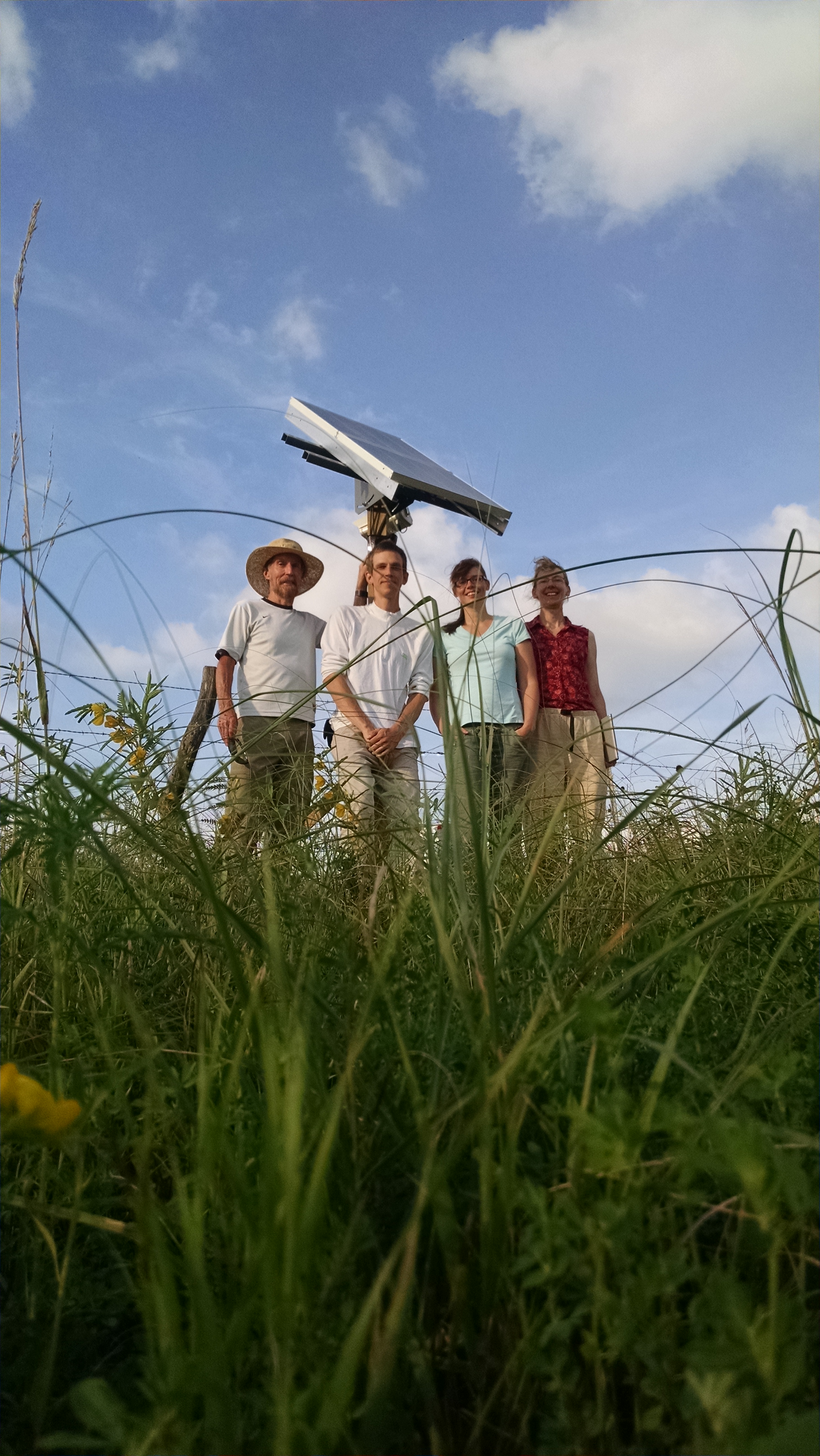Citizen Science during the Total Solar Eclipse
You might have heard by now that in just under two weeks there will be a total solar eclipse of the sun!
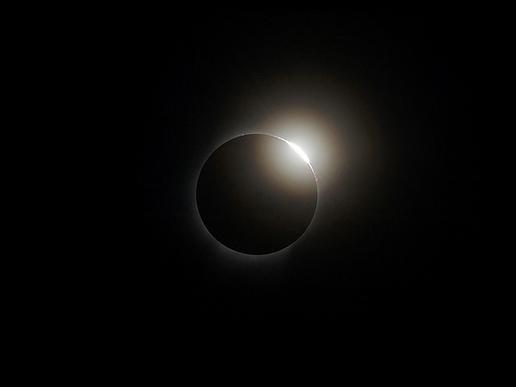
2008 Solar Eclipse Diamond Ring, Credit : The Exporatorium, https://www.nasa.gov/topics/solarsystem/features/eclipse/eclipseimages.html
NASA is encouraging people to use this opportunity to join in a citizen science experiment to record the air temperature and surface temperatures as well as cloud cover and type at intervals before and after the totality of the eclipse. For more information about how to participate in this excellent experiment read these handouts: 1)GLOBE Solar Eclipse Instructions and Links sheet, 2)GLOBE Solar Eclipse Data Collection Worksheet, and 3)Citizen Science Solar Eclipse Handout. Thank you to Kevin Czajkoski, from OhioView, for sharing these handouts.
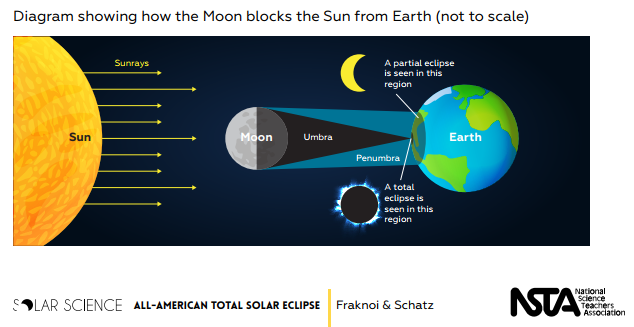
Total Solar Eclipse Diagram
By Andrew Fraknoi and Dennis Schatz
From the National Science Teachers Association, http://static.nsta.org/extras/solarscience/SolarScienceInsert.pdf
Check out this map to see where you are located in relation to viewing the total eclipse. Here in Ames, Iowa, we should see between 90-95% of the total eclipse. 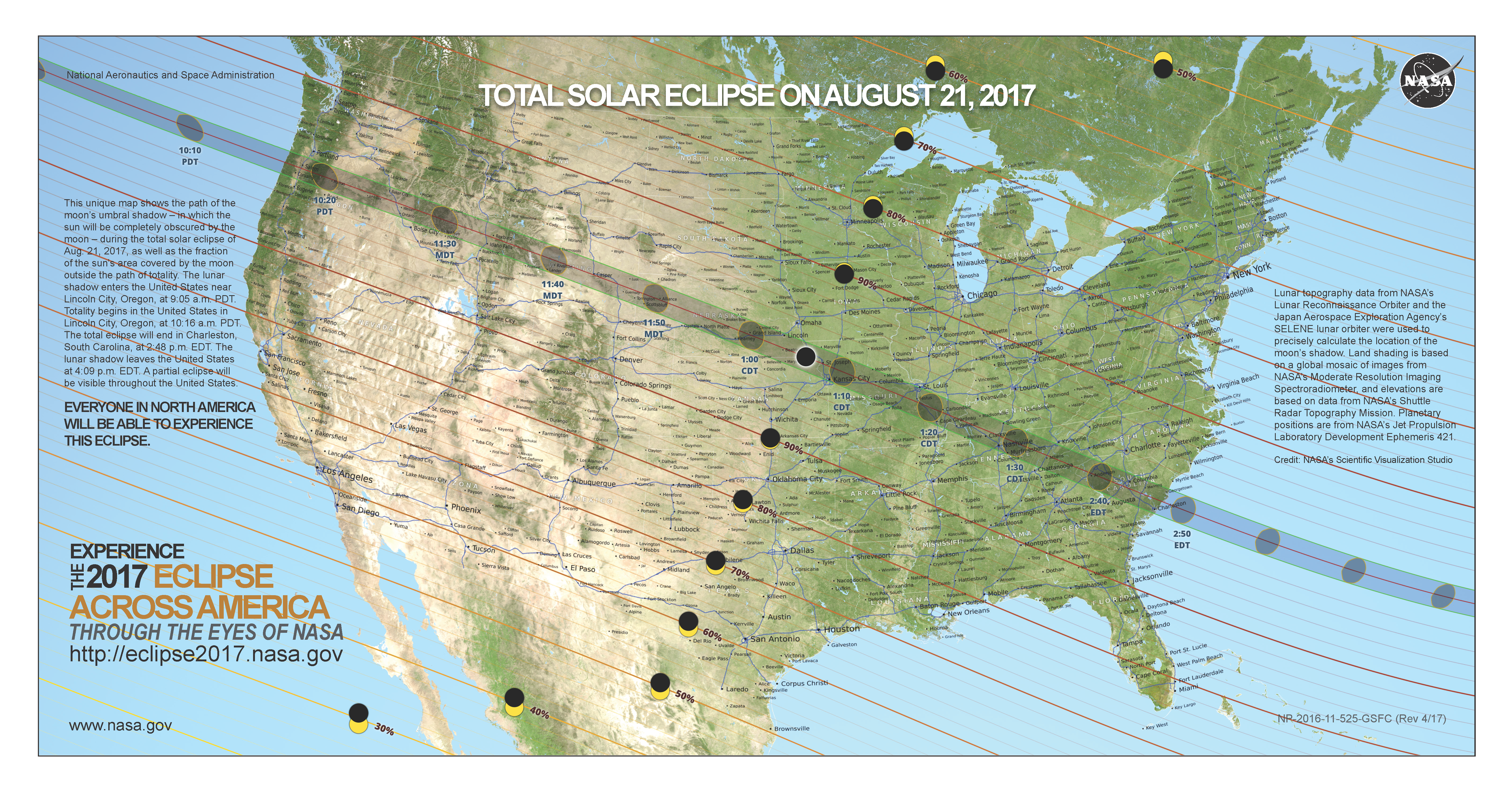
Another really cool video that I recommend checking out is from the PBS show, Steven Hawkings – Genius – in this clip the researchers are trying to create a model of the eclipse to understand how far the Earth and Moon are from the sun in the middle of the desert in Utah. At the end of the video they use a computer model to extrapolate the whole solar system. It is an amazing visual! CHECK IT OUT!!!

